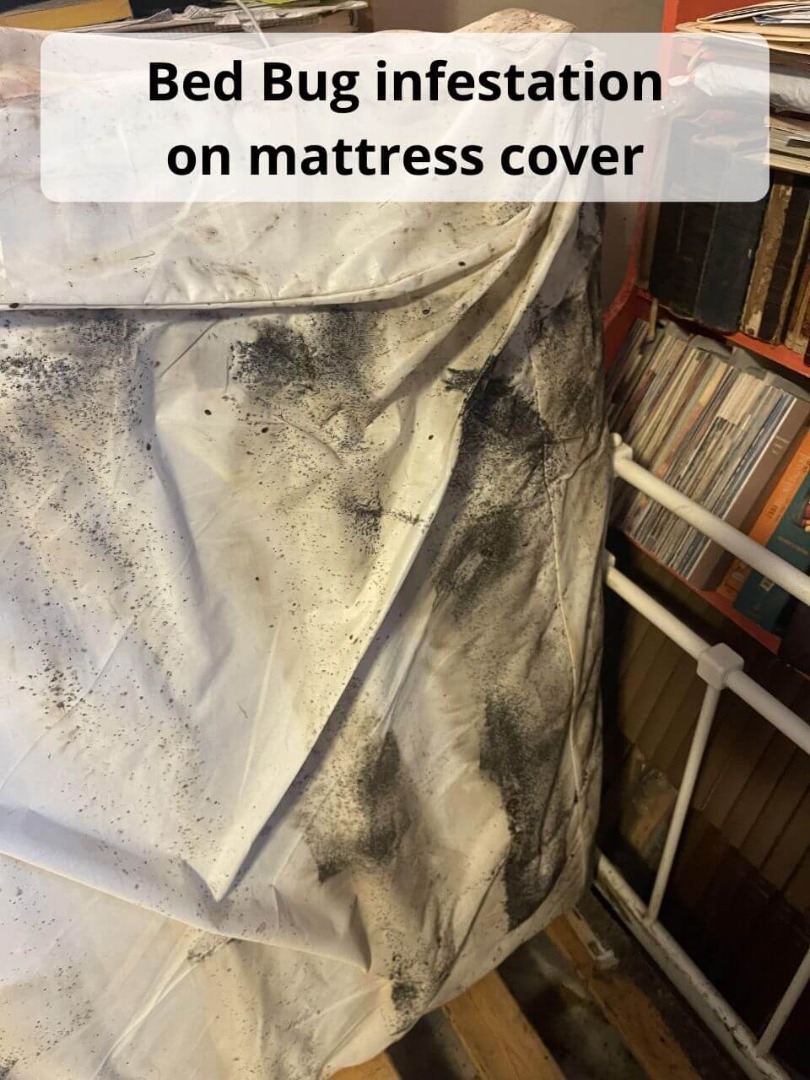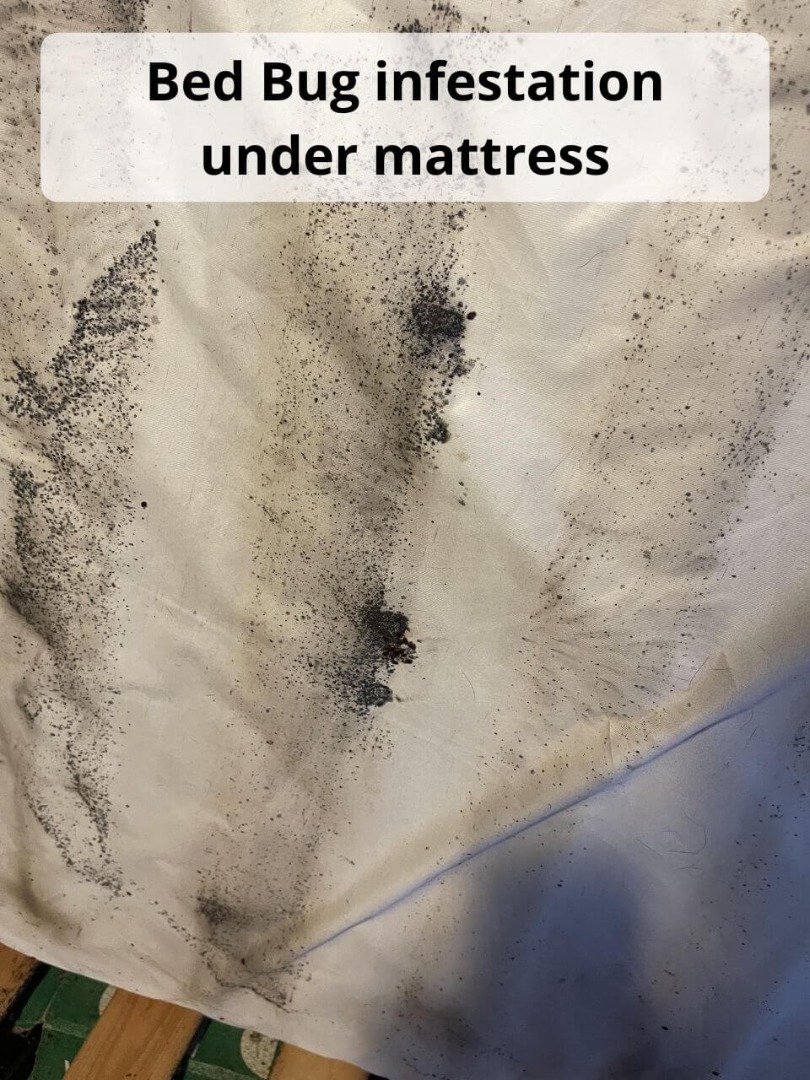

Harrellsville North Carolina Pettys Shore Rays Beach Dildys Mill

Hertford Gates Chowan Bertie Counties
Bedbug heat treatments are crucial for efficiently getting rid of these persistent pests from your home in Harrellsville. Unlike chemical treatments, heat treatments can get into all areas in which bedbugs happen to be hiding, which includes cracks, crevices, and furniture. Thermal treatments are also non-toxic, making them safe within households with children and pets. Furthermore, thermal treatments for bedbugs are known to be extremely effective in killing all life stages of bedbugs, which includes eggs, nymphs, and adults. It means, a single treatment can wipe out the entire infestation, preventing re-infestation and decreasing the need for multiple treatments. In general, thermal treatments for bedbugs provide a fast, safe, and reliable solution to eliminate these pesky insects, offering homeowners with peace of mind and a comfortable, bedbug-free living environment in Harrellsville.
Get rid of Bed Bugs in Harrellsville NC
Innovative Bed Bug Eradication for Virtually 30 Years: We have been at the forefront of the pest eradication industry for virtually three decades. Our state-of-the-art temperature control technology sets us apart, offering efficient solutions to bed bug outbreaks in Harrellsville and beyond.
Innovative Thermal Solutions for Targeted Outcomes: Our steadfast commitment to innovation has led us to count on temperature controls, proven to be more effective than traditional chemical methods. With years of expertise, we bring unparalleled precision to bed bug eradication in Harrellsville, ensuring thorough and lasting results.
Sustainable Approaches Adapted to Harrellsville Residents: Bed Bugs Inc. takes pride in promoting environmentally friendly practices. Our chemical-free temperature control for bed bugs not only deliver superior solutions in Harrellsville but also prioritize the safety of our clients and the local environment. Discover the expertise behind our effective and green bed bug eradication approaches.
